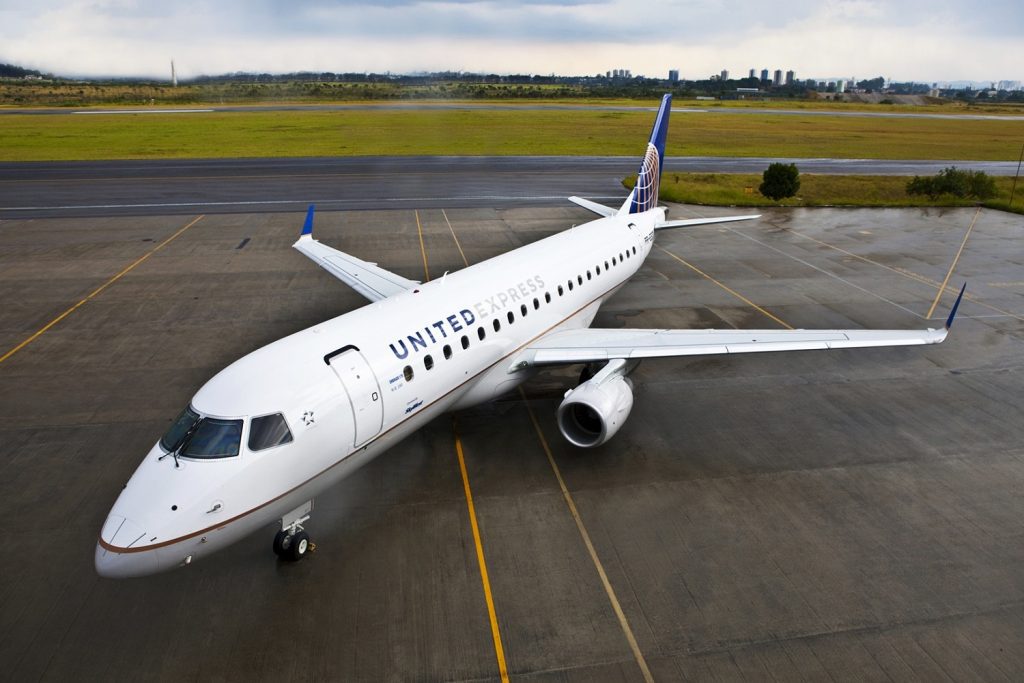Skift Take
As United waits for its Boeing 737 Max aircraft to eventually enter service, so, too, is its growth plan on hold following a solid fourth quarter. The good news is that its competitors are facing the same issue.
While United Airlines posted strong fourth quarter 2019 earnings, the result of solid international business and reduced costs, the Boeing 737 Max debacle is still expected to represent a problem going forward.
Fourth quarter net profit totaled $641 million, an increase of 55 percent year-over-year, while revenue rose 3.8 percent year-over-year to $10.89 billion.
The airline’s Latin American business grew 6.6 percent in the fourth quarter, boosted by strong demand in Mexico and Brazil. Otherwise, though, its other operations were relatively flat in terms of passenger revenue per available seat mile. Uncertainty in Asia, particularly in Hong Kong and the Chinese mainland, has cast a pall on the company’s outlook.
The problem has been not just the lack of Boeing 737 Max aircraft, but those jets they expected to be delivered going forward. United expects its capital expenditure for 2020 to come in under the expected amount, due to the unlikelihood of new aircraft entering service. It does represent a blow to the plan to grow its domestic network.
“Clearly, over the last few years, domestic margins have been greater, and we’ve been pivoting here at United to fix our mid-continent gaps that we talk about regularly,” said Andrew Nocella, chief commercial officer of United Airlines, on an earnings call on Wednesday. “We still think that is a priority. Unfortunately, the Max delay has delayed our ability to properly fix the connectivity in our mid-continent hubs. We’re going to be focused on that as we go forward for the next few years.”
As competition among carriers on price has intensified, and the cabin has been carved up into more fare types, there is a sense that differentiation on product can make a major difference going forward. The airline will continue to play around with cabin configurations on high-yielding routes.
“It’s increasingly clear that there is a large segment of customers who choose based on the quality of the product and the quality of the customer experience,” said Scott Kirby, president of United Airlines. “There are also customers out there who still choose their product based on price. Really, what I would say is, what we’ve done is try to create a segmentation where we can offer both sets of customers what they are looking for. Our basic economy product tends to be more focused on price and the rest of our products can be less focused on being price competitive.”
The airline is also working to grow the ancillaries sold through channels outside its website and app. Ancillary growth was about 12 percent year-over-year, although the company’s direct channels notched impressive 50 percent growth. There is more for the airline to do as it works to drive both direct and indirect channels.
“It’s a big goal we’ll see if we can get there,” said Nocella. “That being said, there’s no doubt we’re motivated to move in that direction because the conversion rates on United.com for ancillary revenues are simply dramatically higher. We won’t give the exact numbers, but they are higher … We have to get our products on the shelf for them to sell properly.”
The Daily Newsletter
Our daily coverage of the global travel industry. Written by editors and analysts from across Skift’s brands.
Have a confidential tip for Skift? Get in touch
Tags: boeing 737 max, earnings, united airlines
Photo credit: United jets at the gate at Denver International Airport waiting for enthusiastic frequent flyers to board. Airbus777 / United Airlines
